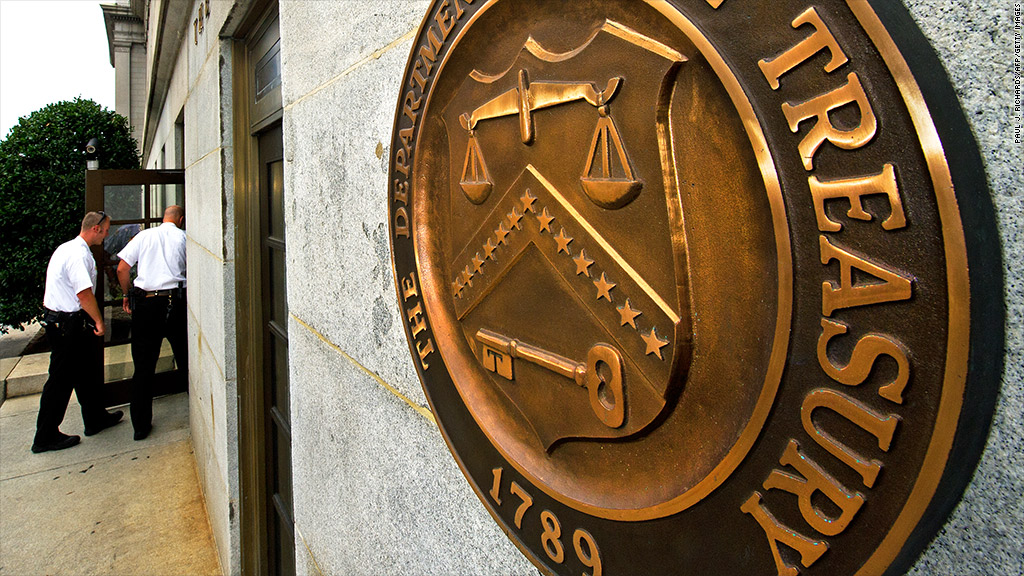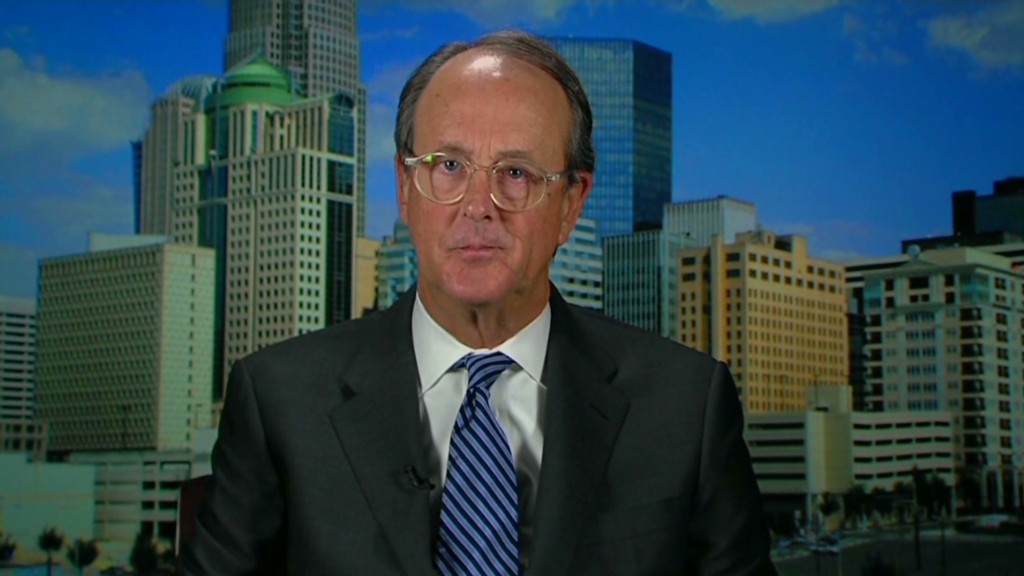
The red alarm deadline to raise the debt ceiling could be as soon as Feb. 15 -- but no later than March 1, according to the latest estimate from the Bipartisan Policy Center.
If Congress misses that deadline, the Treasury Department will be forced to make legally questionable, no-win decisions on how to honor the tens of millions of bills owed every month.
The federal government hit its legal borrowing limit of $16.394 trillion on Dec. 31, and has begun taking "extraordinary measures" to cover shortfalls. The Bipartisan Policy Center's estimate indicates when those measures run out and the Treasury will only be able to pay bills with the daily revenue coming in.
Problem is, there likely would be less revenue coming in than has to be paid out for each of the days between Feb. 15 and March 15.
On Feb. 15, for instance, Treasury will take in an estimated $9 billion in revenue but is committed to pay out $52 billion.
Related: Debt ceiling: Welcome to Fight Club
The bills due that day include $30 billion in interest on the debt; $6.8 billion in IRS refunds; $3.5 billion in federal salaries and benefits; $2.7 billion in military active pay; $2.3 billion in Medicare and Medicaid payments; $1.5 billion to defense vendors; $1.1 billion in safety net spending, including for food stamps and unemployment benefits; and $4.4 billion in other spending.
On March 1, Treasury will take in an estimated $20 billion in revenue. But that won't be enough to cover the $25 billion in Social Security payments due that day, let alone the $58 billion in other bills.
Republicans say they won't raise the debt ceiling unless Democrats commit to substantial spending cuts. And some say that the country can avoid technical default so long as Treasury prioritizes interest payments owed to U.S. bond investors over everyone else.
While that may be possible, it could get ugly fast. And there's no predicting how markets and others would respond if the federal government stops paying what it legally owes to everyone except bond investors.
Prioritizing interest payments means Treasury must choose from more than 100 million monthly payments and would not be able to pay 40% of the dollars owed.
Or Treasury may opt to pay all bills in full but would be late on every payment except those owed to bond investors.

In either case,"the reality would be chaotic," the Center said in its analysis.
Why? everybody who gets stiffed would throw a fit, and Treasury would be put in the awkward position of having to pick winners and losers.
Economically, cutting federal spending by 40% a month - or indefinitely delaying payments - could cause a lot of disruption for contractors due money and individuals waiting on federal benefit checks. And it would add even more uncertainty about the U.S. economy for investors and businesses.


